Flower Seeds
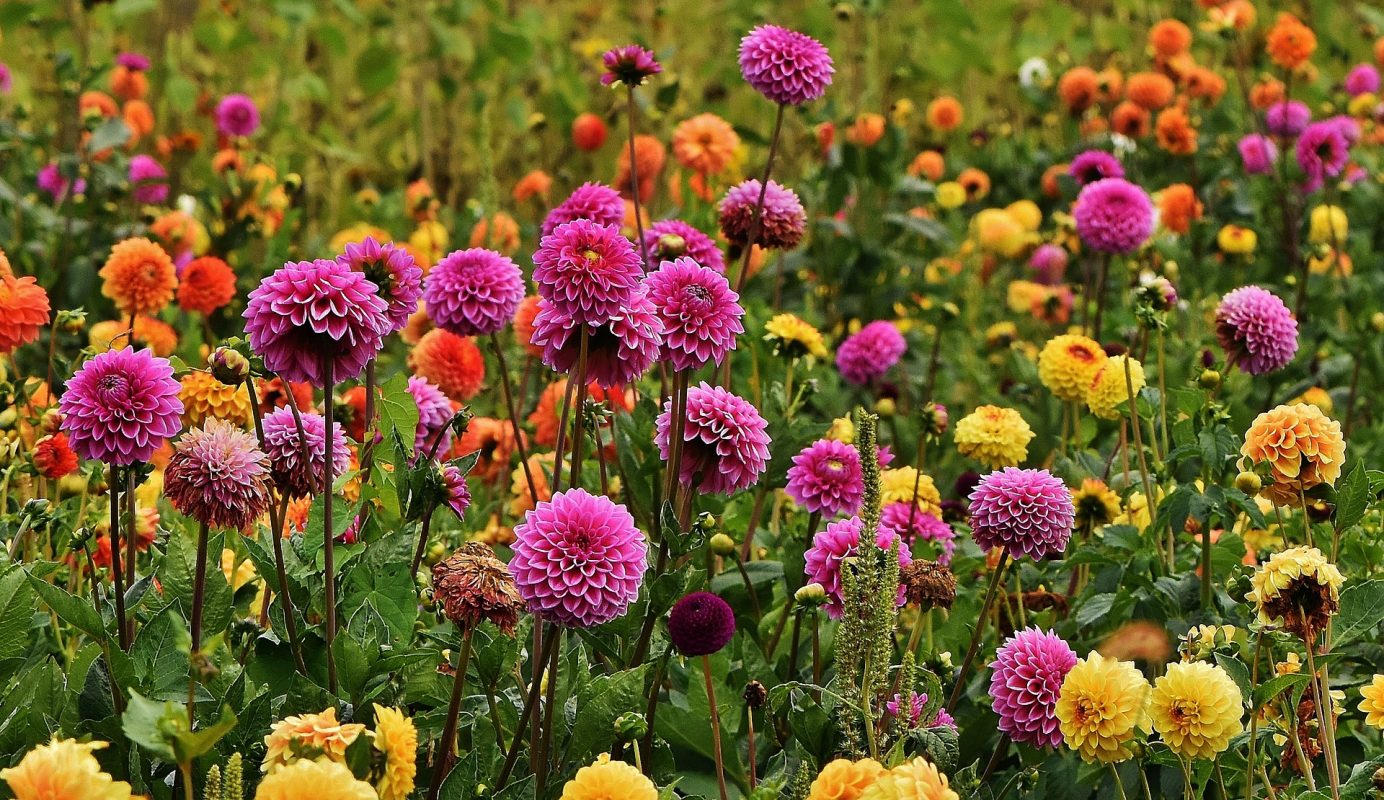
New arrival
NEW FLOWER SEEDS

A title
Image Box text
FREE SHIPPING FOR ORDER $29 ABOVE
Flower Seeds


Image Box text
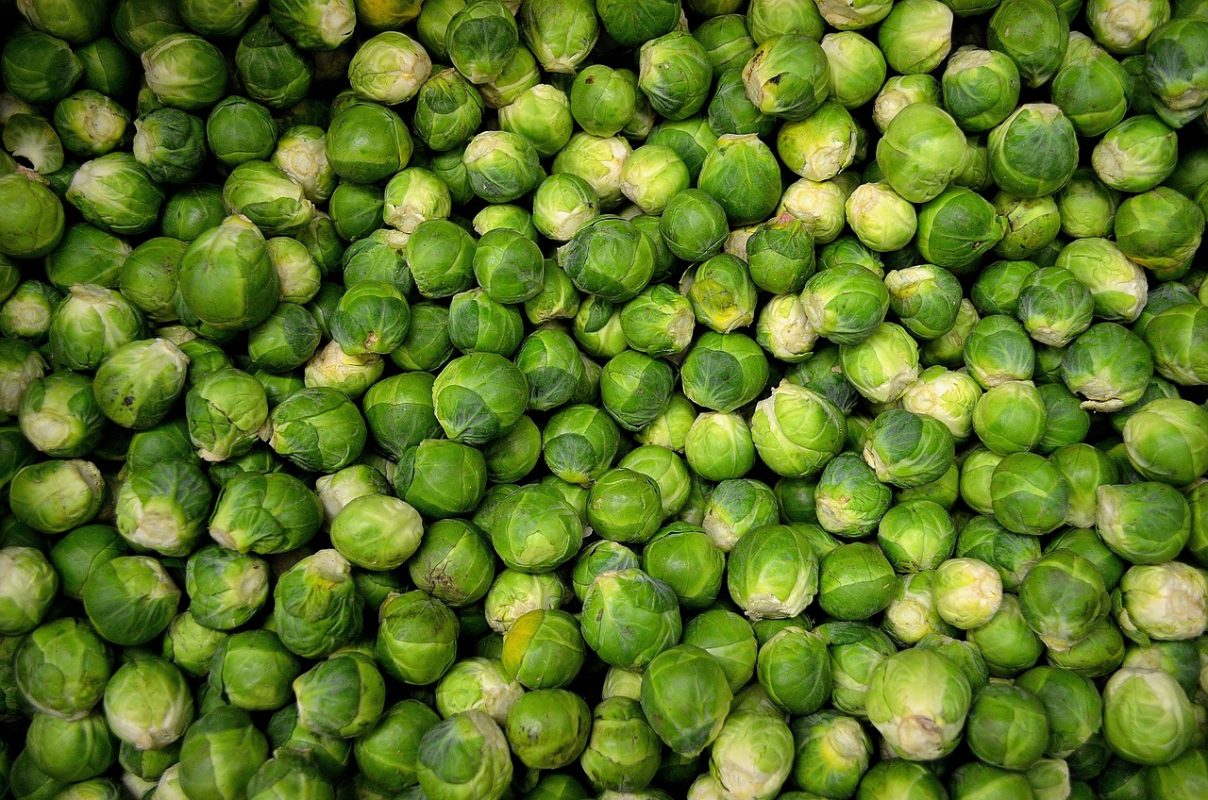

Image Box text
Plant Seeds
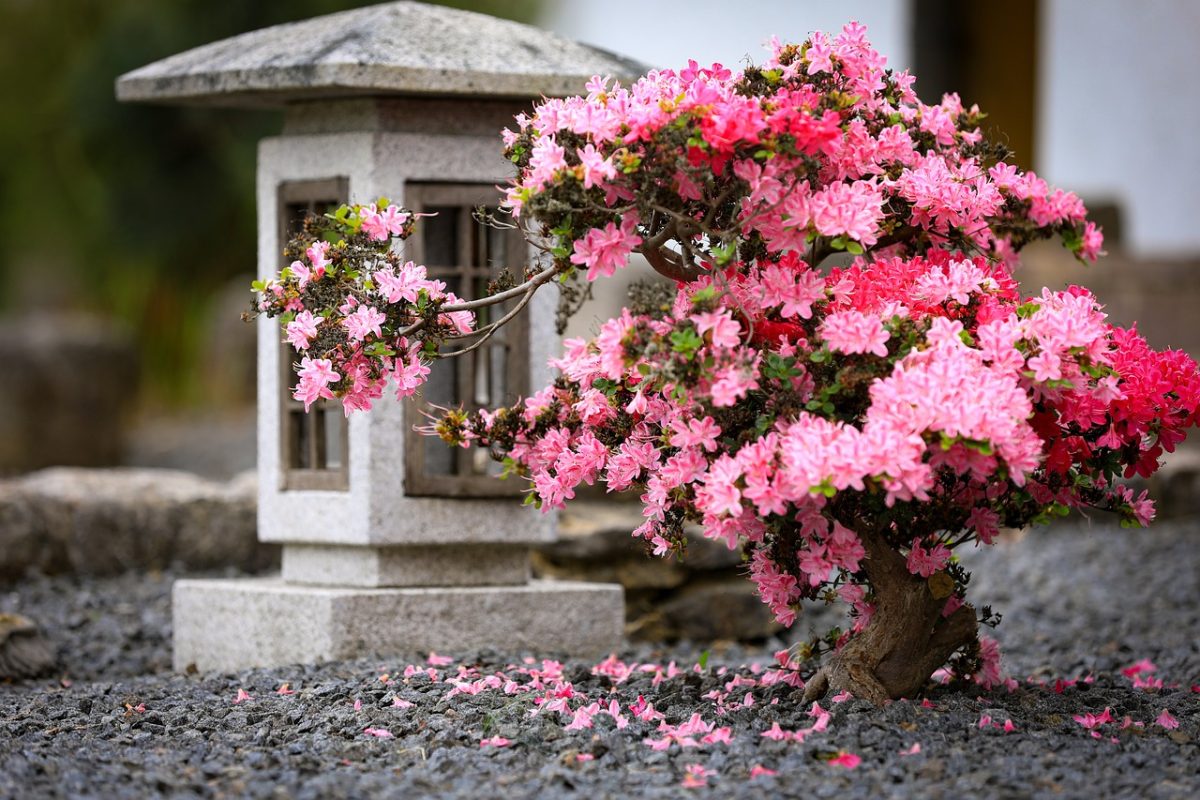
New arrival
NEW Plant SEEDS

Image Box text
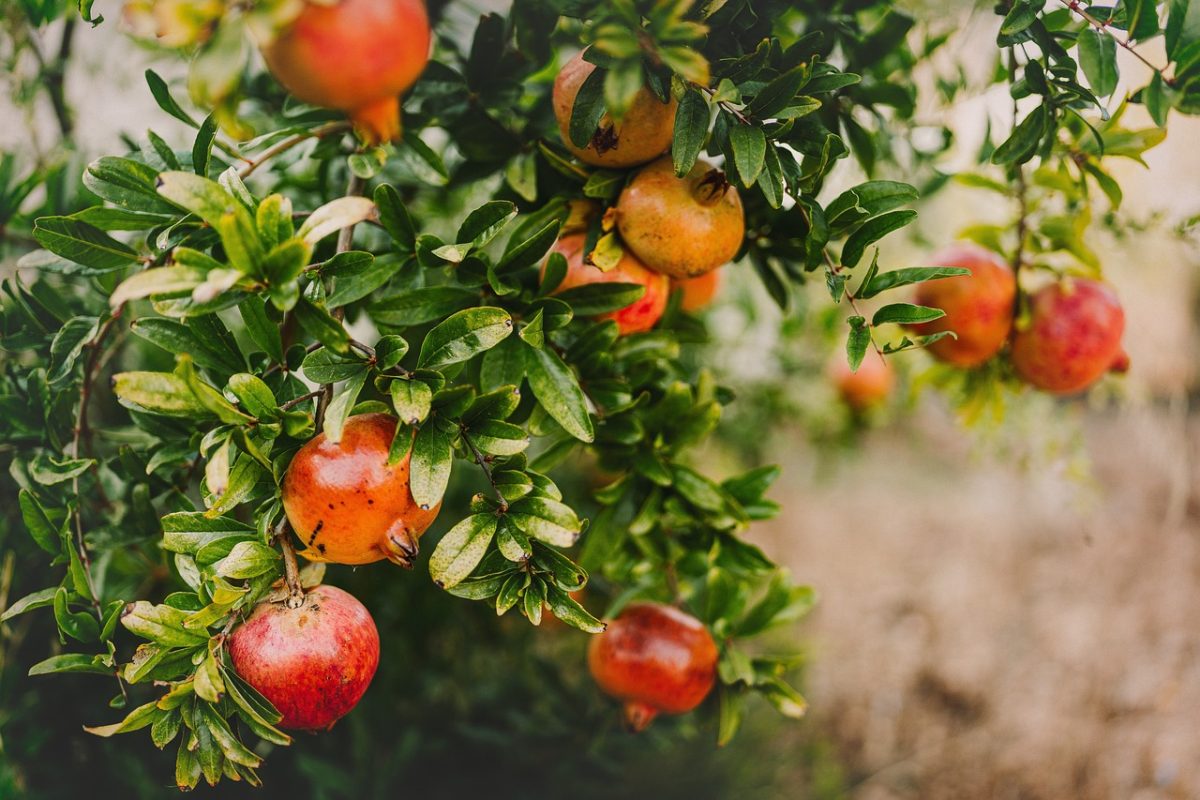
Succulent & Cactus Seeds
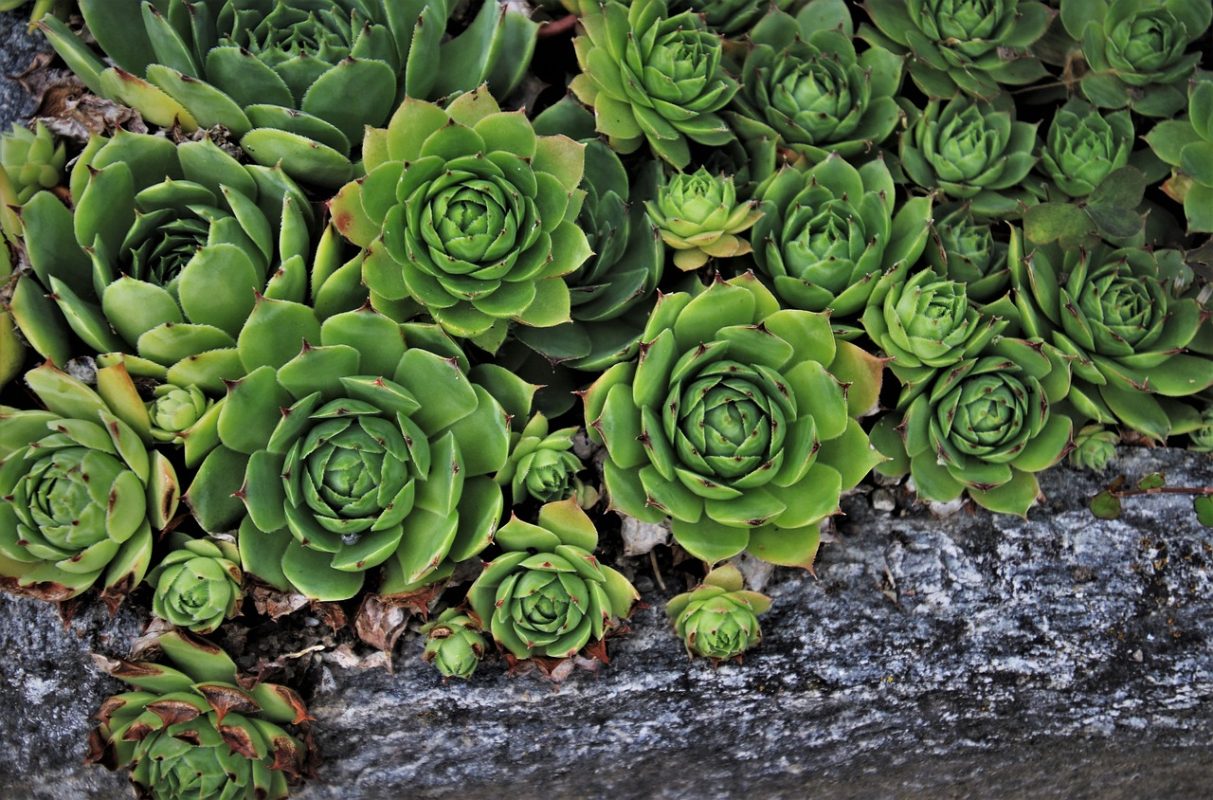

Image Box text
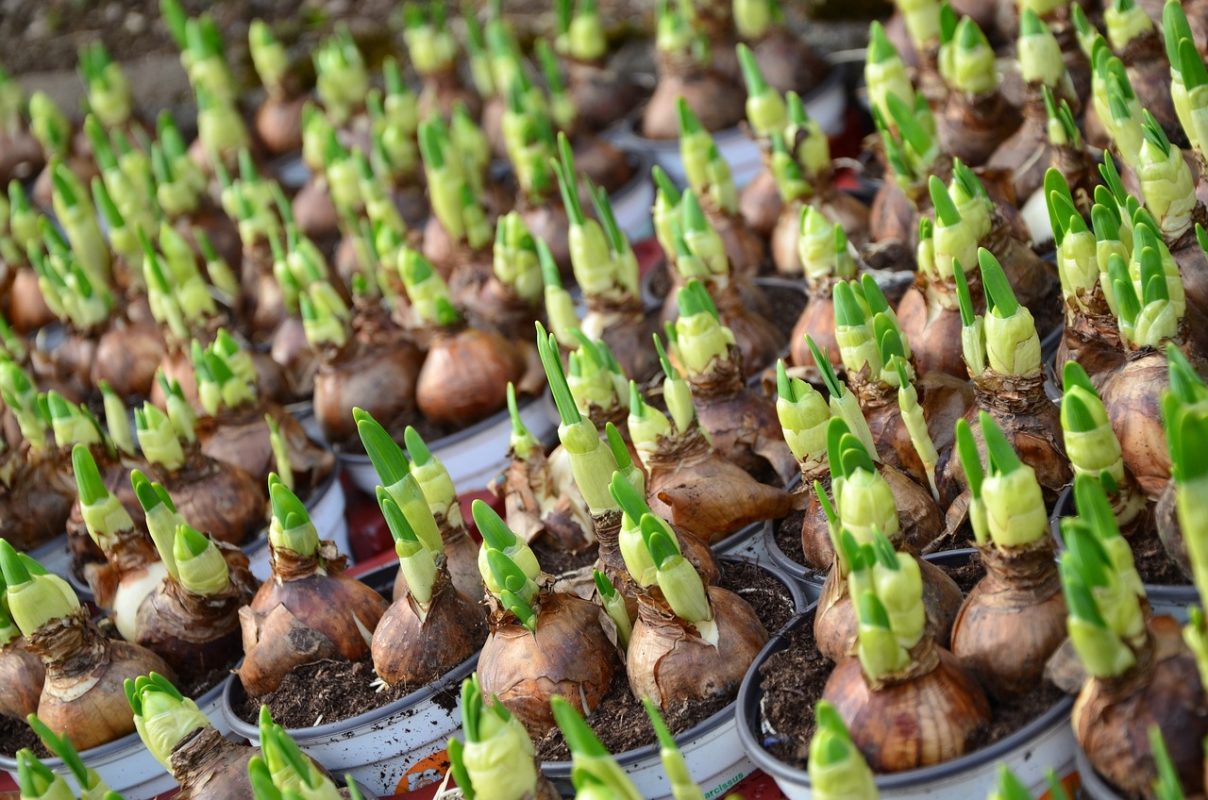

Image Box text
FREE SHIPPING FOR ORDER $29 ABOVE
Perennial
Partial to full shade
Consistently moist
Directly in the soil
1 to 2 inches
N/A
Lily of the Valley, scientifically known as Convallaria majalis, is a delicate and enchanting perennial herb cherished for its dainty, bell-shaped flowers and sweet fragrance. Native to Europe, Asia, and North America, this woodland plant has become a beloved addition to gardens worldwide.
Known for its gracefully arching stems and lance-shaped leaves, Lily of the Valley produces clusters of small, nodding, white flowers that emit a delightful scent. The blooms appear in late spring, creating a carpet of elegance beneath deciduous trees or in shaded garden areas. The plant’s name is derived from both its graceful appearance and the tiny, inverted bell-shaped flowers that resemble miniature lilies.
Beyond its ornamental charm, Lily of the Valley holds cultural significance, symbolizing sweetness, purity, and the return of happiness. Often featured in bridal bouquets and spring celebrations, it is associated with sentiments of love and good luck.
Thriving in moist, well-drained soil, Lily of the Valley is well-suited for shady and woodland gardens. While it spreads easily through rhizomes, it is important to note that all parts of the plant are toxic if ingested, making it necessary to exercise caution in locations frequented by children or pets.
Lily of the Valley’s timeless beauty, captivating fragrance, and cultural symbolism continue to make it a cherished and enduring favorite among gardeners and flower enthusiasts.
 1
1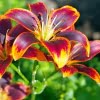 1
1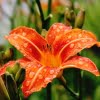 2
2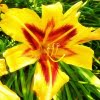 3
3 1
1 1
1 1
1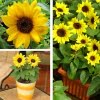 1
1 1
1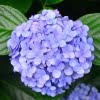 10
10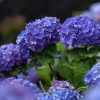 11
11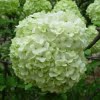 12
12 13
13 2
2 3
3 4
4 5
5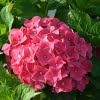 6
6 7
7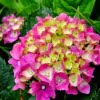 8
8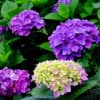 9
9 Mixed
Mixed 1
1 1
1 $9.99 Original price was: $9.99.$6.99Current price is: $6.99.
![]() Free shipping on order more than $49
Free shipping on order more than $49![]() Fresh seeds guaranteed
Fresh seeds guaranteed![]() Secured online payment
Secured online payment

Perennial
Partial to full shade
Consistently moist
Directly in the soil
1 to 2 inches
N/A
Lily of the Valley, scientifically known as Convallaria majalis, is a delicate and enchanting perennial herb cherished for its dainty, bell-shaped flowers and sweet fragrance. Native to Europe, Asia, and North America, this woodland plant has become a beloved addition to gardens worldwide.
Known for its gracefully arching stems and lance-shaped leaves, Lily of the Valley produces clusters of small, nodding, white flowers that emit a delightful scent. The blooms appear in late spring, creating a carpet of elegance beneath deciduous trees or in shaded garden areas. The plant’s name is derived from both its graceful appearance and the tiny, inverted bell-shaped flowers that resemble miniature lilies.
Beyond its ornamental charm, Lily of the Valley holds cultural significance, symbolizing sweetness, purity, and the return of happiness. Often featured in bridal bouquets and spring celebrations, it is associated with sentiments of love and good luck.
Thriving in moist, well-drained soil, Lily of the Valley is well-suited for shady and woodland gardens. While it spreads easily through rhizomes, it is important to note that all parts of the plant are toxic if ingested, making it necessary to exercise caution in locations frequented by children or pets.
Lily of the Valley’s timeless beauty, captivating fragrance, and cultural symbolism continue to make it a cherished and enduring favorite among gardeners and flower enthusiasts.
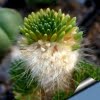 1
1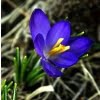 1
1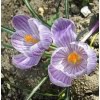 10
10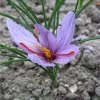 11
11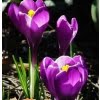 12
12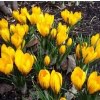 13
13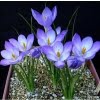 14
14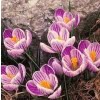 15
15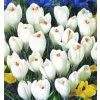 16
16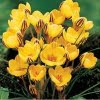 17
17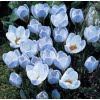 18
18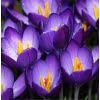 19
19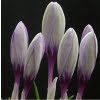 2
2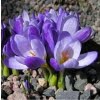 20
20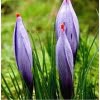 21
21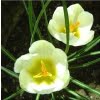 3
3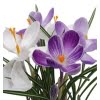 4
4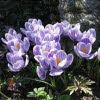 5
5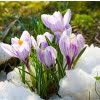 6
6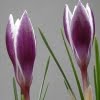 7
7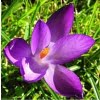 8
8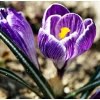 9
9 1
1 2
2 3
3 1
1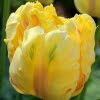 10
10 11
11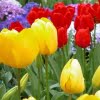 12
12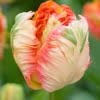 13
13 14
14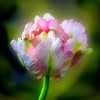 15
15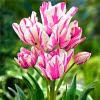 16
16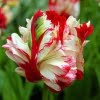 17
17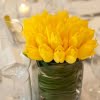 18
18 2
2 3
3 4
4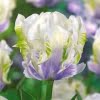 5
5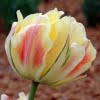 6
6 7
7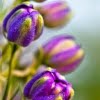 8
8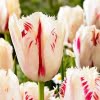 9
9 Mixed
Mixed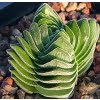 1
1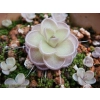 1
1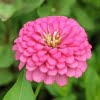 1
1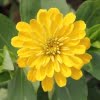 10
10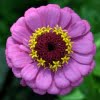 11
11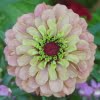 12
12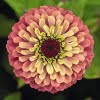 13
13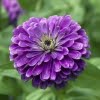 14
14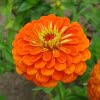 15
15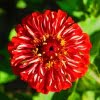 16
16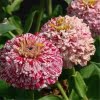 2
2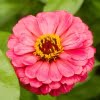 3
3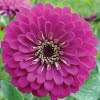 4
4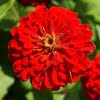 5
5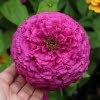 6
6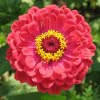 7
7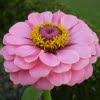 8
8 9
9 Mixed
Mixed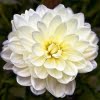 1
1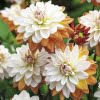 10
10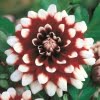 11
11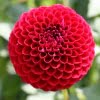 12
12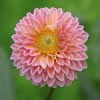 13
13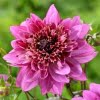 14
14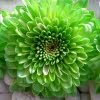 15
15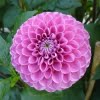 16
16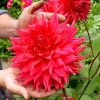 17
17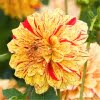 18
18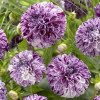 19
19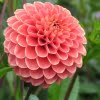 2
2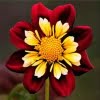 3
3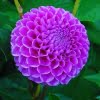 4
4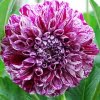 5
5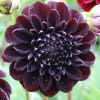 6
6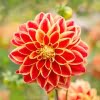 7
7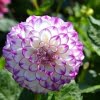 8
8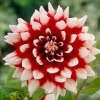 9
9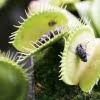 1
1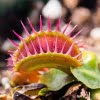 2
2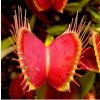 3
3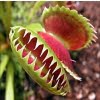 4
4 Mixed
MixedPerennial
Partial to full shade
Consistently moist
Directly in the soil
1 to 2 inches
N/A
Lily of the Valley, scientifically known as Convallaria majalis, is a delicate and enchanting perennial herb cherished for its dainty, bell-shaped flowers and sweet fragrance. Native to Europe, Asia, and North America, this woodland plant has become a beloved addition to gardens worldwide.
Known for its gracefully arching stems and lance-shaped leaves, Lily of the Valley produces clusters of small, nodding, white flowers that emit a delightful scent. The blooms appear in late spring, creating a carpet of elegance beneath deciduous trees or in shaded garden areas. The plant’s name is derived from both its graceful appearance and the tiny, inverted bell-shaped flowers that resemble miniature lilies.
Beyond its ornamental charm, Lily of the Valley holds cultural significance, symbolizing sweetness, purity, and the return of happiness. Often featured in bridal bouquets and spring celebrations, it is associated with sentiments of love and good luck.
Thriving in moist, well-drained soil, Lily of the Valley is well-suited for shady and woodland gardens. While it spreads easily through rhizomes, it is important to note that all parts of the plant are toxic if ingested, making it necessary to exercise caution in locations frequented by children or pets.
Lily of the Valley’s timeless beauty, captivating fragrance, and cultural symbolism continue to make it a cherished and enduring favorite among gardeners and flower enthusiasts.
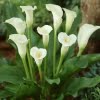 1
1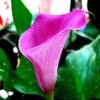 2
2 3
3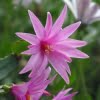 1
1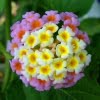 1
1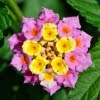 2
2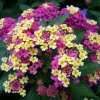 3
3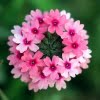 4
4 5
5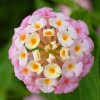 6
6 Mixed
Mixed 1
1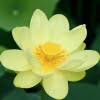 1
1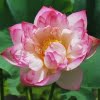 10
10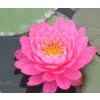 11
11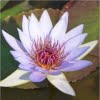 12
12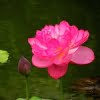 13
13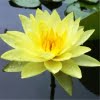 14
14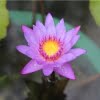 15
15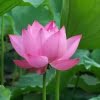 16
16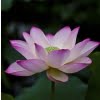 17
17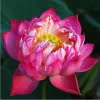 18
18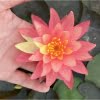 19
19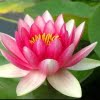 2
2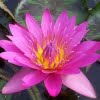 20
20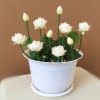 21
21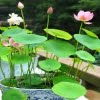 22
22 23
23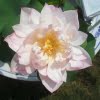 3
3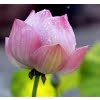 4
4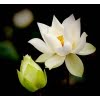 5
5 6
6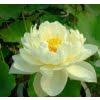 7
7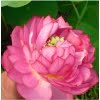 8
8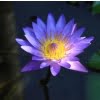 9
9 Mixed
Mixed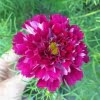 1
1 2
2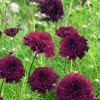 3
3 4
4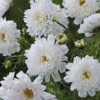 5
5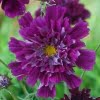 6
6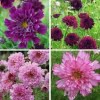 Mixed
Mixed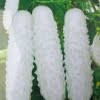 1
1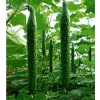 10
10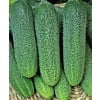 2
2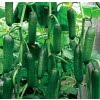 3
3 4
4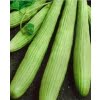 5
5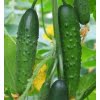 6
6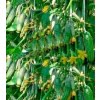 7
7 8
8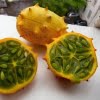 9
9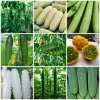 Mixed
Mixed 1
1 2
2 3
3 4
4 5
5 Mixed
Mixed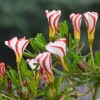 1
1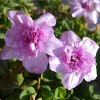 2
2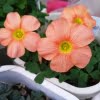 3
3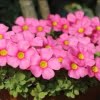 4
4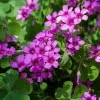 5
5 6
6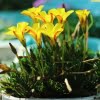 7
7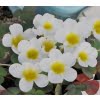 8
8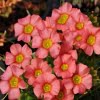 9
9